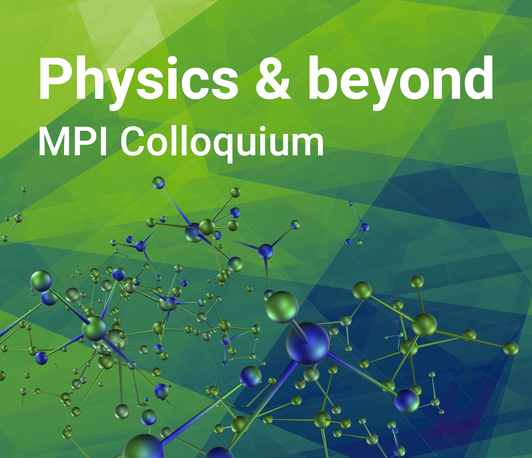Photonic crystal light trapping for next generation solar energy harvesting
Physics & beyond
- Datum: 06.09.2023
- Uhrzeit: 10:30 - 12:00
- Vortragender: Prof. Sajeev John
- University of Toronto, Department of Physics, Canada
- Raum: Lecture Hall, B.1.11

Abstract
The thermodynamic power conversion efficiency limit for silicon solar cells is 32.3%, while commercially available cells have efficiencies in the 17-22% range. The world record for silicon solar cells has inched upward from 25% to 26.8%, in the past twenty-five years, using cell thicknesses ranging from 450 microns down to 130 microns. Photonic crystal architectures enable broadband light absorption beyond the longstanding “Lambertian limit” and allow silicon to absorb sunlight nearly as well as a direct-bandgap semiconductor. When combined with state-of-the-art electronics, a technological paradigm shift appears imminent. I describe how wave-interference-based solar light-trapping in manufacturable photonic crystals can break longstanding barriers, enabling flexible, thin-film (15 micron), silicon to achieve an unprecedented, single-junction, power conversion efficiency over 30%.
1. “Beyond 30% Conversion Efficiency in Silicon Solar Cells: A Numerical Demonstration” S. Bhattacharya and Sajeev John, Scientific Reports, 9, 12482 (2019).
2. "Photonic crystal light trapping: Beyond 30% conversion efficiency for silicon photovoltaics," S. Bhattacharya and Sajeev John, APL Photonics 5, 020902 (2020).
3. "Experimental demonstration of broadband solar absorption beyond the Lambertian limit in certain thin silicon photonic crystals," Mei-Li Hsieh, A. Kaiser, S. Bhattacharya, Sajeev John & Shawn-Yu Lin, Scientific Reports, 10, 11857 (2020).
4. “Light trapping by wave interference in silicon photonic crystal solar cells”, S. Bhattacharya and Sajeev John, Solar RRL (submitted for publication)
Short biography
Sajeev John is a “University Professor” at the University of Toronto. He received his bachelor’s degree in physics in 1979 from the Massachusetts Institute of Technology and his Ph.D. in physics at Harvard University in 1984. His Ph.D. work at Harvard introduced the theory of classical wave localization and in particular the localization of light in three-dimensional strongly scattering dielectrics.
From 1986-1989 he was an assistant professor of physics at Princeton University. While at Princeton, he co-invented (1987) the concept of photonic band gap materials, providing a systematic route to his original conception (1984) of the localization of light. In the fall of 1989 he joined the senior physics faculty at the University of Toronto. Prof. John is the winner of the 2001 King Faisal International Prize in Science, which he shared with Nobel Laureate C. N. Yang. He is also the first ever winner of Ontario’s Platinum Medal for Science and Medicine in 2002. Dr. John is also the winner of the Institute of Electrical and Electronics Engineers (IEEE) Quantum Electronics Award in 2007 for “the invention and development of light-trapping crystals and elucidation of their properties and applications”. In 2011, he was selected as a Thomson-Reuters Citation Laureate. Prof. John was appointed as an Officer of the Order of Canada in 2017 and has received Canada’s highest scientific recognitions, including the Killam Prize in Natural Sciences in 2014, and the Herzberg Canada Gold Medal in 2021.
Prof. John has also received the Guggenheim Fellowship (USA) and a Humboldt Senior Scientist Award (Germany). In 2007, he was awarded the C.V. Raman Chair Professorship of the Indian Academy of Sciences. Prof. John is a Fellow of the American Physical Society, the Optical Society of America, the Royal Society of Canada, and a member of the Max-Planck Society of Germany.